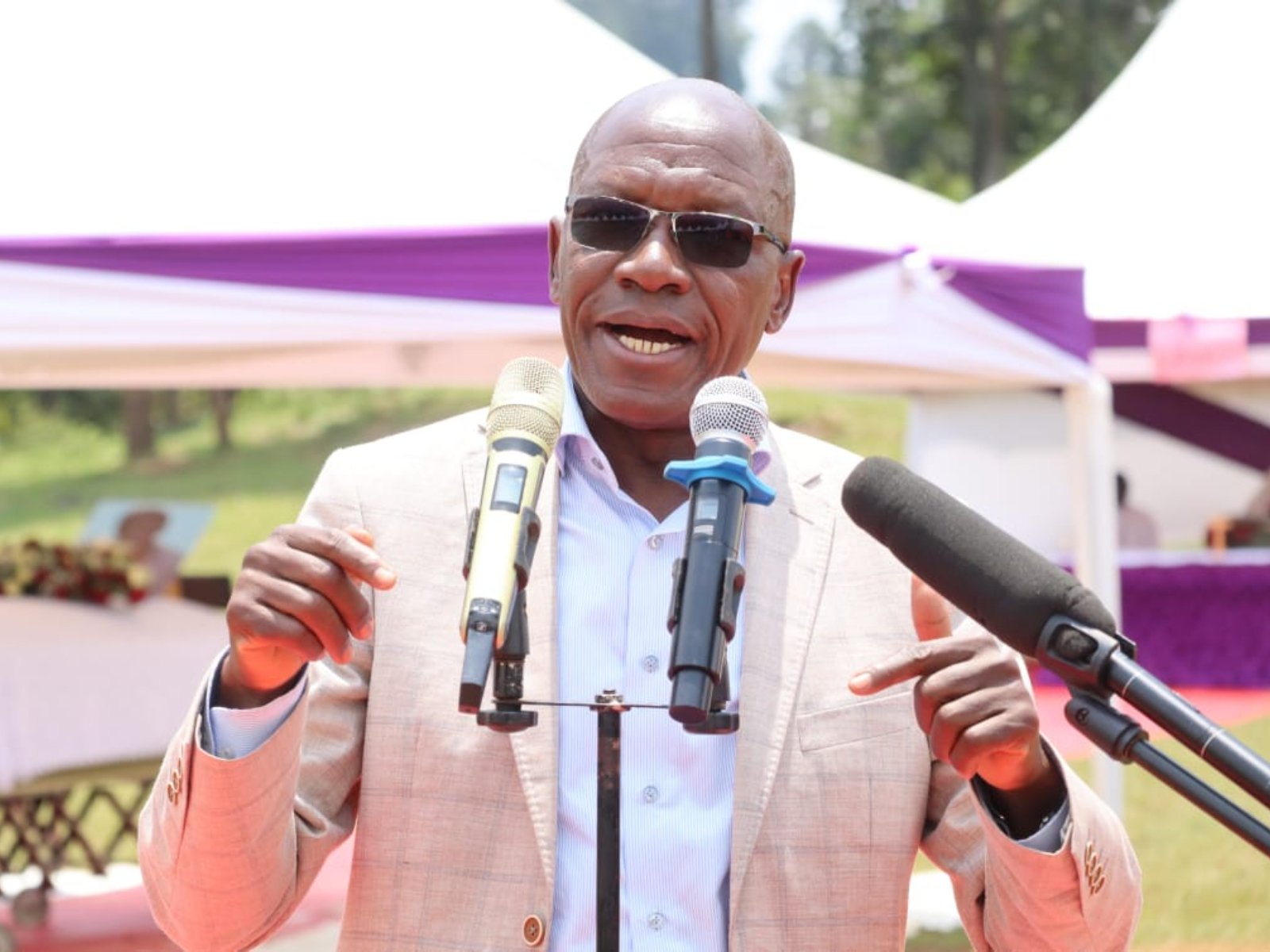Bid to raise debt ceiling to Sh10 trillion fails at Senate

The Senate will have to convene a special sitting next week to consider the motion to increase the debt ceiling to Sh10 trillion.
Yesterday, Speaker Kenneth Lusaka convened a crisis meeting in his office tasking Majority Leader Samuel Poghisio and his minority counterpart James Orengo, alongside their Whips, on the matter, but they were unable to raise the required numbers by the time of going to the press.
The Senate had been expected to approve the new ceiling from the current Sh9 trillion, as passed by the National Assembly last week before it dissolved.
But when the motion came up yesterday, the Senate could not raise the required minimum of 24 senators to uphold the National Assembly’s decision.
The move, regarded as an interim measure, was expected to allow the government to fully finance the upcoming 2022/2023 Budget which has an Sh846 billion financing hole.
This, when added to current debt levels, surpasses the current Sh9 trillion ceiling.
Reads the motion: “Pursuant to provisions of Section 50(2) of the Public Finance Management Act, 2015, the Senate approves the amendments to the Public Finance Management National Government Regulations 2015; principal regulations as effected through Legal Notice No. 89 of 2022; thus varying the public debt ceiling to an amount not exceeding Sh10 trillion.”
The Public Finance Management (National Government) (Amendment) Regulations, Legal Notice No.89 of 2022 were tabled in the Senate on 7th June 2022 and committed to the Sessional Committee on Delegated Legislation for scrutiny.
The committee chaired by Mombasa Senator Mohamed Faki observed that the ratio of debt to Gross Domestic Product (GDP) ratio is increasing, which indicates that it may not be sustainable in the future.
“However, the Treasury is optimistic that the post-Covid-19 Recovery Programme supported by the International Money Fund will increase the rate of growth of GDP, and therefore the ratio of debt to GDP will begin to decline going forward,” the committee report reads.
The committee noted that a depreciating shilling and increasing prices of basic goods may pose challenges to the sustainability of debt, both in the medium term and in the future.
“This is majorly caused by external forces and perceived artificial shortages of the US dollar. But this is projected to stabilise since the country has enough foreign exchange reserves of up to five months of import cover,” the report adds.
Sustainable levels
Faki noted that a high debt ceiling may give the Treasury leeway to increase debt at a faster rate, leading to huge debts.
“The realized deficit has always been higher than the projected deficit and thus the deficit may continue to increase rather than decline. The size of the deficit is driving the growth of public debt despite the fact that Parliament has the power to determine sustainable deficit levels,” he said.
Seconding the motion, Deputy Majority Whip Farhiya Ali said that whether it is the Azimio or Kenya Kwanza coalitions that will form the Government, they will need a year to settle down to discuss an increment of debt and other issues.
“They will have a lot of administrative work to do. Let us save them the burden by ensuring they have funding to run the Government for the first year. Afterwards, they can make their own decisions,” said Farhiya.
“There was also a request to peg the debt ceiling as a proportion of GDP. This did not materialize,” she added.
Nandi Senator Samson Cherargei opposed the increment, saying there is low confidence in the management of public debt.
“The Treasury and the Government have not done due diligence to inform Kenyans as to why we raised the public debt to Sh9 trillion in 2019 and we are now moving it to Sh10 trillion,” said Cherargei.
According to Treasury Cabinet Secretary Ukur Yattani, the projected level of public debt at the end of June 2022 will be Sh8.7 trillion, which is within the legal limit of Sh9 trillion, leaving a borrowing space of Sh300 billion. “This space continues to shrink due to the strengthening of the US dollar against the shillings,” said Yatani.
“The space will not be adequate to cover the planned borrowing of Sh846 billion in 2022/2023 Budget,” he added.
The County Assemblies Forum has opposed the increase, saying it is not the solution to public debt challenges, while the International Budget Partnership said the rise of the debt ceiling to Sh10 trillion in order to allow for deficit financing means the debt stock will be over 70 per cent of GDP.













